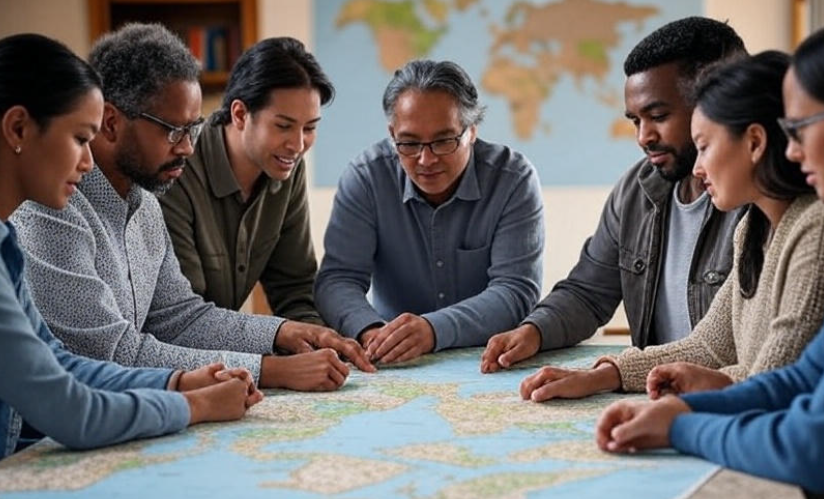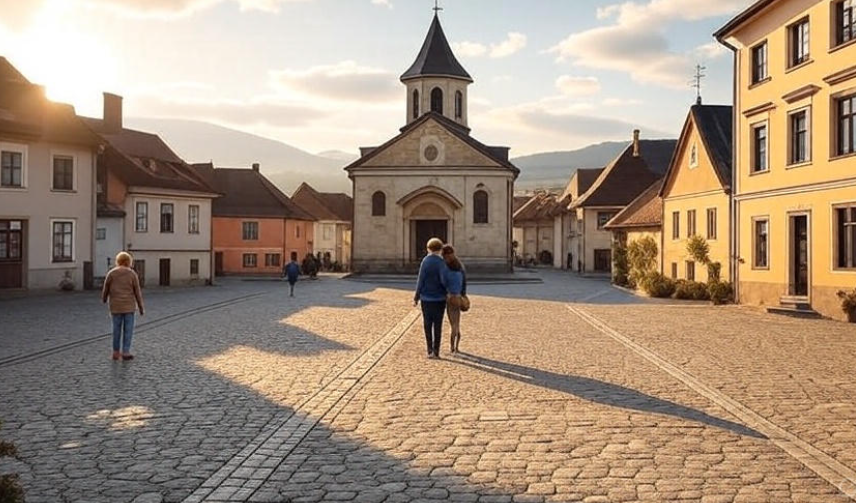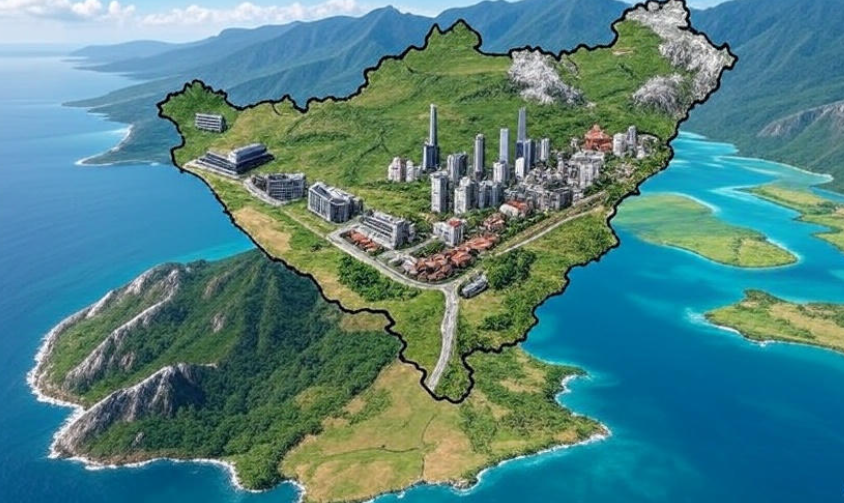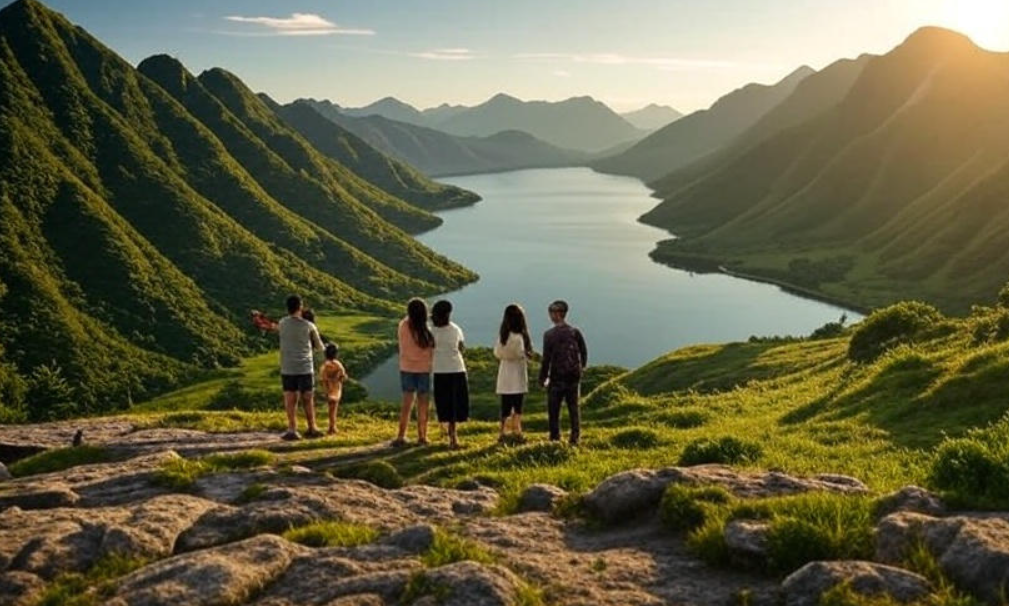Ever wondered why the map of the world looks the way it does? Why some countries have straight lines cutting across deserts while others have rivers snaking along their edges? The story of how countries get their borders is fascinating, and it’s a mix of history, geography, culture, and sometimes just pure luck. Let’s dive in.
Borders are shaped by geography
One of the oldest and most natural ways countries define their borders is through geography. Mountains, rivers, seas, and deserts act as natural barriers.
-
Mountains – High mountains are hard to cross and often mark borders. For example, the Himalayas separate India and China.
-
Rivers – Rivers can be convenient borders because they are clear and hard to cross. The Rio Grande separates the US and Mexico.
-
Deserts – Huge deserts like the Sahara make crossing difficult, so they became natural borders between African countries.
Borders created by wars and treaties
History shows us that wars have shaped many borders. After wars, victors often redraw maps to suit their interests.
-
Example: After World War I, the Treaty of Versailles changed Germany’s borders.
-
Example: The division of India and Pakistan in 1947 created one of the most well-known borders in the world, based on religious lines.
Treaties aren’t always fair or logical—they are often a reflection of power, negotiation, and sometimes mistakes.
Colonial history influences borders
Many countries in Africa, Asia, and the Americas have borders that make little sense geographically. This is often because of colonial powers. European colonizers drew straight lines across continents without considering ethnic groups, languages, or cultures.
-
Example: Many African borders were drawn at the Berlin Conference in 1884-85, leading to countries with multiple ethnic groups inside one border.
-
Example: The border between the US and Canada in some regions is almost a straight line because it was decided by treaties, not geography.
Borders based on culture and language
Sometimes countries try to define borders around cultural or linguistic groups. This is called ethno-linguistic borders.
-
Example: The division of India and Pakistan in 1947 was largely based on religion—Muslim-majority areas became Pakistan, Hindu-majority areas stayed in India.
-
Example: Belgium has French-speaking Wallonia and Dutch-speaking Flanders, showing how language can influence regional borders.
Borders made by negotiation and compromise
Some borders are purely the result of negotiation. Countries sit down and agree on lines to avoid conflict. This happens more in peaceful times.
-
Example: The border between the US and Canada was agreed upon in 1846.
-
Example: European countries after the fall of the Roman Empire negotiated borders carefully to balance power.
Borders caused by natural changes
Nature doesn’t always stay still, and sometimes borders shift naturally. Rivers change their course, coastlines erode, and islands appear or disappear.
-
Example: The Mississippi River has shifted over time, which created disputes between US states.
-
Example: Bangladesh and India have had ongoing disputes over shifting river boundaries.
The role of maps and technology
In the past, borders were drawn roughly with little accuracy. Today, maps, satellites, and GPS technology make borders precise. Even tiny disputes can now be resolved with exact measurements.
| Method of Border Creation | Examples | Notes |
|---|---|---|
| Geography | Himalayas (India/China), Rio Grande (US/Mexico) | Natural barriers often last for centuries |
| Wars & Treaties | Treaty of Versailles, India/Pakistan Partition | Often influenced by power, not fairness |
| Colonial Decisions | African countries post-Berlin Conference | Straight lines ignoring ethnic/cultural realities |
| Culture & Language | Belgium, India/Pakistan | Sometimes reduces conflict, sometimes creates it |
| Negotiation | US-Canada border | Peaceful agreements based on compromise |
| Natural Changes | Mississippi River shifts | Can cause disputes; maps need updating |
| Technology & Maps | GPS-based borders | Modern precision reduces conflict |
Why some borders are weird or disputed
Not all borders are clear or straight. Some countries have tiny pockets of land inside others, strange curves, or contested regions.
-
Example: Baarle-Hertog (Belgium) and Baarle-Nassau (Netherlands) – a town divided with dozens of enclaves.
-
Example: Kashmir – disputed between India and Pakistan.
-
Example: Western Sahara – claimed by Morocco, recognized differently internationally.
Weird borders often happen because of a mix of history, wars, and politics.

Borders and identity
Borders do more than separate land—they shape national identity. People often associate themselves with a country because of the land they live on. Changing a border can change communities overnight, which is why border disputes are often very emotional.
FAQs About Country Borders
Q: Why do some borders follow straight lines?
A: Straight-line borders usually come from colonial powers or treaties. They are easier to draw on maps but often ignore geography and culture.
Q: Can borders change over time?
A: Yes! Borders can change due to wars, negotiations, natural changes like rivers moving, or countries splitting or merging.
Q: Why are some borders disputed?
A: Disputes happen because history is messy. Different groups may claim the same land, or treaties may be ignored or contested.
Q: Do all countries have defined borders?
A: Almost all recognized countries have borders, but some places, like Antarctica, have overlapping claims, and certain regions like Palestine are disputed.
Q: How does technology affect borders today?
A: Modern mapping, GPS, and satellite imagery make borders more precise and reduce misunderstandings between countries.
Conclusion
Borders are much more than lines on a map. They are the result of geography, history, wars, negotiations, culture, and sometimes random chance. Every border tells a story—of people, power, and the land itself.
Next time you look at a world map, take a moment to think about why each line exists. Some are natural, some are political, and some are just plain surprising. Borders are not just about land—they’re about human history in its most tangible form.




